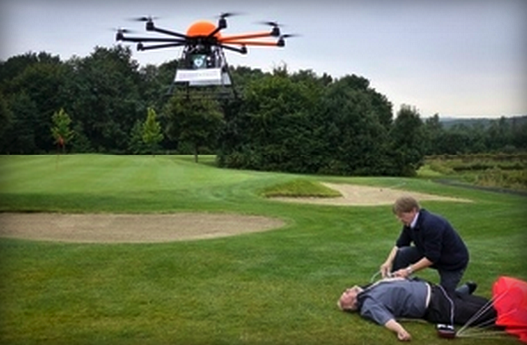How robots save people
A robot cannot harm a person or, through inaction, allow a person to be harmed.
The first law of Isaac Asimov's robotics
Robots, which were once fantastic (at least before Shakey in the 1960-1970s ), entered our lives as assistants - builders, surgeons and rescuers. Under the cut - a few examples of how robotic technology helps people save their lives in the most difficult conditions.
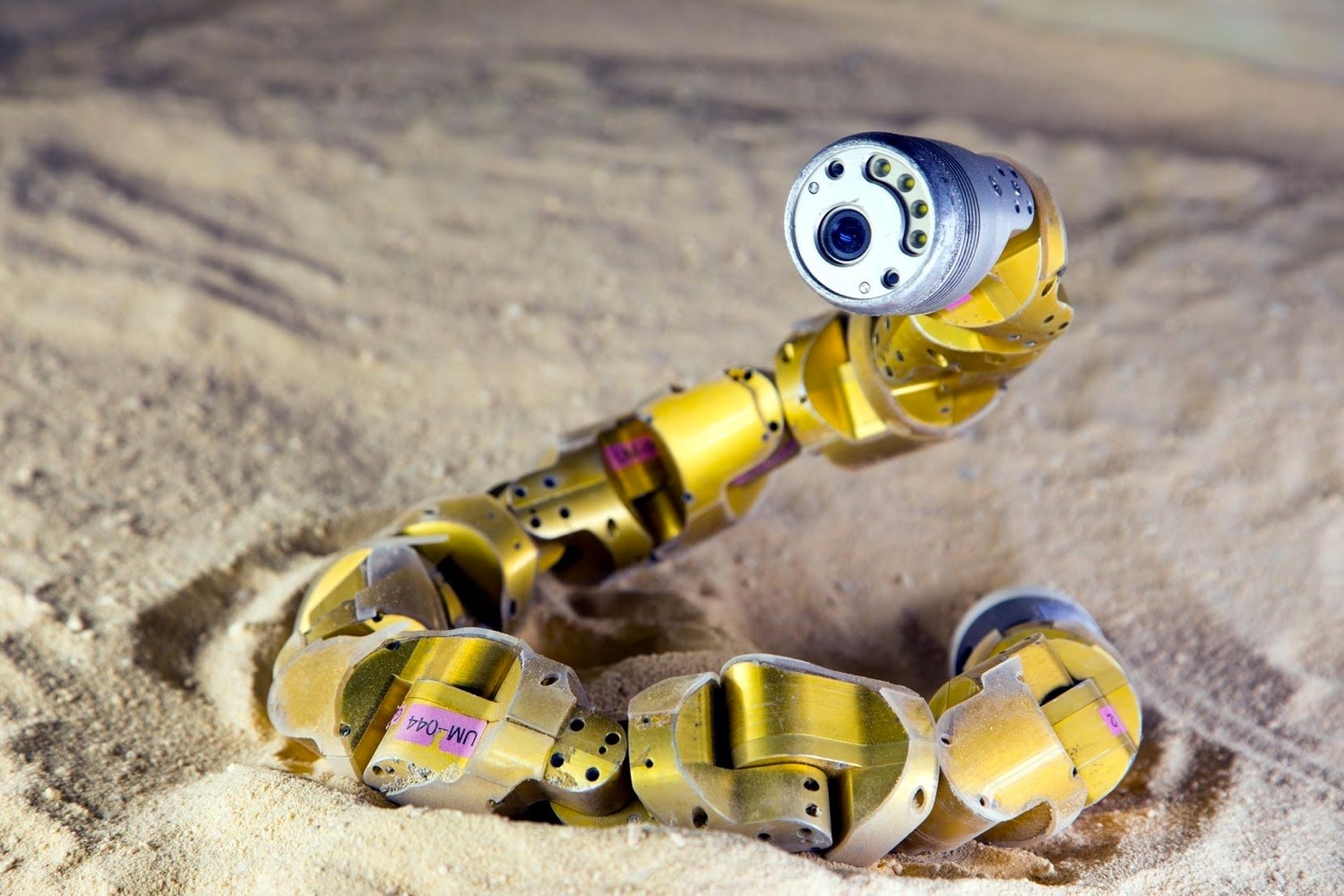
On the sea
In 2013, Iranian company RTS Ideas tested a life-saving drone for working on water. Unfortunately, he is not able to pick up a drowning man (even a child) and take him to the shore, but he can throw you a life buoy. The robot carries three lifebuoys with it. The developers also offer to recharge the robot using solar panels in a special parking lot.
The robot is controlled remotely, so there is no need for an operator. Not yet in a series.
Other possible applications include coastal monitoring, as well as preliminary video and photographing of places before rescue operations. The prototype has already been tested in the Caspian Sea. He can fly at a speed of 16 miles per hour for up to 10 minutes with three circles on board.

Explosion hazard
It would be interesting to know the statistics of how many potential lives robots around the world are helping to defuse bombs. And how many sappers thanks to them reduced the risk of not surviving until the next birthday. In the photo - Andros EOD from Remotec, an option specifically for working with explosive devices.

Rubble
There are many ideas, but not all reach the final stage - commercialization and mass use. This year, the HERALD quadrocopter was introduced , which also exists only in the form of a prototype so far, carries with it two snake-like robots that can crawl through the cracks to find people under the rubble.
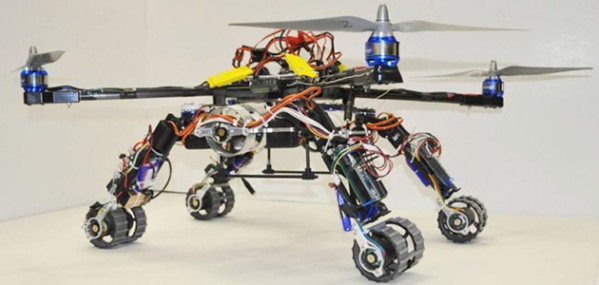
Fires
Pelican robotic fire engine can extinguish fires from a distance of up to 60 meters. The robot is controlled via Wi-Fi up to 600 meters. In addition to the fire itself, the robot can take people out of the danger zone - the operator will explain what to do and where to go. The machine is compact enough to work in tunnels and in parking lots.
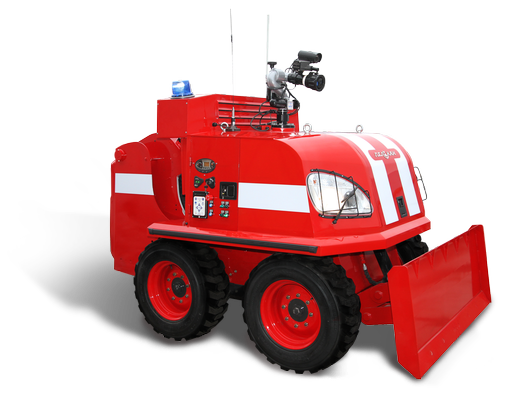
Battlefield
Nurse Galina Petrova, Hero of the Soviet Union, carried out more than twenty soldiers from the battlefield in the first night alone on the Crimean coast. How many more girls in those few years carried the wounded, and how many were these wounded - it is probably impossible to calculate. And after all they did it under bullets, and perished often.
Now people are trying to sacrifice less. For example, such a bear robot can take out the wounded. It really looks like the Japanese RIBA robot, designed to work with older people and patients of clinics .
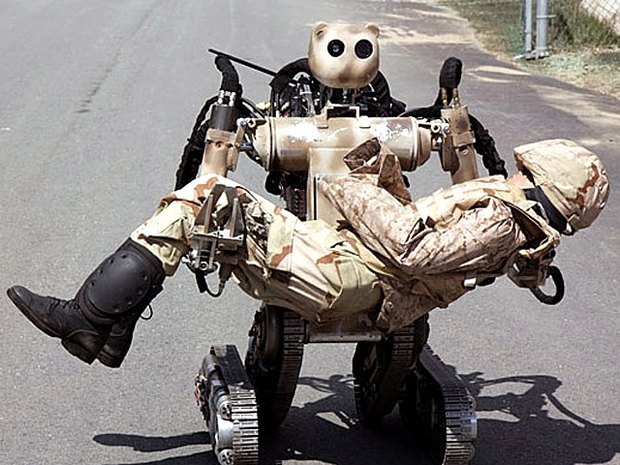
Ambulance
Over the past five years, 800,000 people have had a cardiac arrest in the European Union per year, and only 8% of them survived. The developer of the defibrillator drone promises to increase the survival rate to 80%, that is, to help save 640,000 lives a year. Hexacopter will be able to reach the patient in a served area of 12 square kilometers in just a minute instead of the average ten minutes that are required for an ambulance to arrive. The speed of the drone is about 100 km / h, weight 4 kg and load capacity 4 kg.
Time plays a decisive role: as a rule, brain death occurs within 4-6 minutes after cardiac arrest. Defibrillation in the first minutes can save a life.

A similar project was in Germany in 2013, it was called Defikopter . Then it was proposed to drop the defibrillator from the drone by parachute, also recognizing the location using GPS. The speed of the aircraft is about 70 km / h; it could cover an area within a radius of 10 kilometers.
